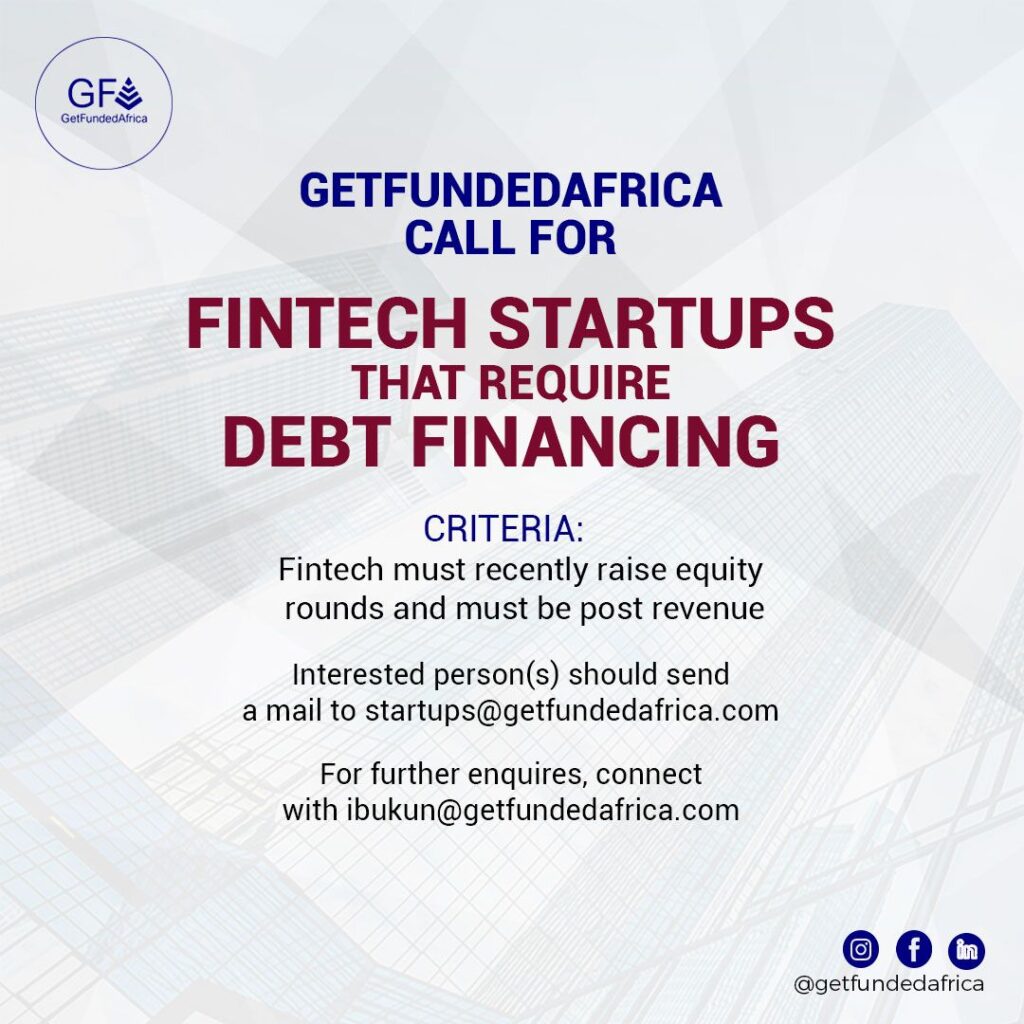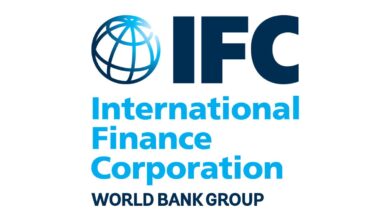How To Write A Term Sheet For A Convertible Note
Signing a term sheet for a convertible note is, more or less, a kind of a no-strings-attached agreement, between a startup and investors. This non-binding agreement takes place right before the final and official investment contract. And, since such a crucial contract — that of long-term investment — is ultimately based on that type of document, it’s important for both parties to have a clear understanding of what this commitment involves.
But, what does it take to write a term sheet for a convertible note? Is having a background in investments or financials a prerequisite, in order for you to be able to complete such a task? Well, we hope that once you’ve finished reading our article, you’ll have both these questions cleared up.
Fundraising and Investments: Putting It All Together
Before we get started, let’s connect the dots among some of the topics discussed in our most recent articles. So, if you’re a regular reader of our blog, you probably noticed that, lately, we’ve been focusing on shedding some light on fundraising-related topics. First, we stressed on the importance of raising seed capital for startups; explaining all the key factors that make it so crucial for their progress. Then, we thoroughly examined all the prerequisites that will help startups get there. And we also presented a valuation process that is a major concern for both startups’ and investors’; though looked at from a different perspective. And now it’s about time we focus on more ‘tangible’ topics, such as drafting terms sheets for convertible notes.
Allow us here to make a point: We focused on these topics, not because obsess over investment jargon; quite the opposite. We believe that all parties — startups and investors — involved in the startup game, should be equally informed of the rules and the tools needed 😉, in order to play fair. That’s why we try to draw the big picture for the early stage investments, in an easy-to understand format, for our audience to easily understand, no matter what backgrounds they come from.
And now let’s get to the meat of the current topic, shall we?
Call For Applications


The ABC of investment agreements
We have, time and again, focused on how important it is for startups to raise funds. Not arbitrarily though; there’s a thing called Minimum Viable Investment Framework (MVIF).
But, once this longed-for moment finally comes, it’s time for factual discussions to be made among the interested parties. And, as expected, such discussions level up formality; and require some supplementary documentation, as will be described in the terms explained below.
To help you better understand what it takes to write a term-sheet for a convertible note, let’s break down the information and examine each term individually; citing relevant resources when needed. That will greatly help; as all readers understand terms and how they add up to this fundamental agreement between their startup and the investors.
What Is A Note?
Here’s a definition we snatched from Investopedia:
A note is a legal document that serves as an IOU from a borrower to a creditor or to an investor. Notes typically obligate issuers to repay creditors of the principal loan, in addition to any interest payments, at a predetermined date.
And, an IOU stands for “I owe you”, as found in Wikipedia. It’s an informal document, acknowledging debt.
On to the next term that will help us elaborate our topic, then!
What is a term-sheet?
A term sheet is a document that confirms the intent of an investor and a startup to close a funding round.
It’s an non-binding agreement between the two parties — as Investopedia explains. Αnd it shows the basic terms and conditions of the investment. A set of more detailed and legally binding documents gets signed up, once the parties involved have finally reached an agreement. The terms and details of this final legal agreement are based on the initial agreed-upon template document.
Now that we have a better understanding of the core terms related to investment agreements, let’s go straight to the core part of our topic.
Convertible note and other financing instruments
Once founders and investors have decided to come to an investment agreement, they need to work on the ‘format’ of that agreement. As Alan S. Gutterman aptly explains in his article “A Guide for Sustainable Entrepreneurs”, we call these options “financing instruments”. And they define the nature of the investment commitment. To be more specific, we can use financing instruments as assets or packages of capital that can be traded. As for the way they serve investment agreements, apart from cash, we can utilize them as a “contractual right to deliver or receive cash or another type of financial instrument”. All in all, they serve as evidence of one’s ownership of an entity.
There are three basic options to choose from. And here’s how each one of these financing instruments helps shape up investment contracts, as described in extracts from relevant citations:
Equity financing
In Equity financing, founders sell shares of the startups to investors, in exchange for the capital they receive. The benefit of this type of financing, for startups, is that they don’t have to repay investors with money they initially received. In case of failure, funds are not returned to shareholders.
SAFEs (Simple Agreement for Future Equity)
As found in Wikipedia:
A SAFE (Simple Agreement for Future Equity) is an agreement between an investor and a company. One that provides rights to the investor for future equity in the company; similar to a warrant, except without determining a specific price per share at the time of the initial investment.
This type of financing agreement can be made for pre-money funding or post-money funding. And, as Ycombinator mentions in their site:
[…] it provides a starting point that can be used in most situations and terms be balanced to take into account both startup’s and investors’ interests.
And, finally, the last one; debt financing, the preface of our discussion focused on convertible note.
Debt financing
The difference with these two previous financial instruments is that this type of financing involves money; not equity. Here’s the respective definition from Investopedia:
Companies raise money for working capital or capital expenditures by selling bonds, bills, or notes to individual and/or institutional investors. In return for lending the money, the individuals or institutions become creditors and receive a promise to repay principal and interest on the debt.”
Debt instruments usually come in the form of a convertible note. In fact, it’s one of the most frequently used financial instruments, according to Gutterman.
But what exactly is a convertible note? Let’s take a look at a definition and then will go through some further details on the terms involved in this type of financial instrument; along with some clarifications regarding collateral terms.
What is a convertible note?
A convertible note — or convertible debt or convertible bond — is, of course, a financial instrument that can be converted into equity, automatically, upon certain conditions. In particular, as explained in the Startup Laywer:
Convertible Notes are generally converted into equity with a conversion discount or price cap mechanism.
However, the above is only one of the possible conversion scenarios. That is notes do not always get automatically converted into equity based on the agreement terms we’ll describe below. What happens is, based on the state of the company and the intentions of interested parties, the investment agreement will probably go through a branch of paths as to “if, when and how” notes will be converted into equity, or not.
Other conversion scenarios
Before we explain some of these scenarios further, let’s focus on the heart of the topic, which is, of course, the conversion itself. So, what is a conversion? What does it mean for startups and what does it mean for investors?
Conversion is the exchange of a convertible asset (in our case, notes) into another type of asset (equity or capital, based on the case or “scenario” we’ll explain below) on or before a predefined date (maturity date).
Simply put, the capital infusion that takes place when investors and founders come to an agreement, allows for investors to get a share of the cake. That is, they’ll be able to use their notes as a currency in the future; and monetize that asset into equity or capital, when (if so) the conversion takes place.
The conversion could be automatic and would take place during an equity financing round. Or it could be voluntary, based on the investor’s decision to convert the notes into equity, prior to qualified financing or the maturity date.
An interesting and important legal detail worth mentioning here is the fact that note holders will receive preferred stock — not ordinary stock — when the conversion takes place.
If you need more information regarding the conversion event itself, you may find a detailed overview of all the alternative conversion scenarios and cases here.
Things To Remember When Writing A Term Sheet For A Convertible Note
Let’s get an overview of the core terms you’d include in a term sheet for a convertible note. That is, along with some key points that need your attention when drafting your own document.
Apart from the information of the parties involved — that is to say, startup founders and investors individual or company — here are some of the core terms you’d include in a term sheet for a convertible note:
Financing Amount
It’s the capital the startup raises via the convertible debt offering. Most of the time, as you use this term sheet for negotiations, this field defines the maximum amount; in case the term sheet is pre-filled by investors. And that’s because, as we’ve mentioned above, investors have previous experience and they’re familiar with such documents; so they may have drafted them in advance.
Closings
Investment negotiations may happen in multiple closings; and so, this field defines a specific date. It’s not unusual for both parties to agree upon an open round of seed investments.
Maturity Date
As Ryan Roberts from Startup Lawyers aptly describes,
Convertible notes contain a maturity date provision at which point the notes are to be repaid with interest. This is usually set at 18-24 months after the first convertible note investment.
Conversion Price
It’s the price per share at which convertible security can be converted into common stock. You may find more information about this term here.
Valuation Cap
Seedinvest says it well:
The valuation cap is an additional reward for bearing risk earlier on. It effectively caps the price at which your notes will convert into equity and – in a way – provides convertible note holders with equity-like upside if the company takes off out of the gate.
Prepayment
This field defines whether the startup will be able to prepay the convertible notes without the consent of the convertible note holders. As explained, both parties should agree on each term; and should come to an agreement that is equally acceptable.
Liquidity Event (optional)
If the startup gets acquired prior to the maturity date — and before qualified financing — the investors will receive the percentage of capital defined in this field.
Fees and legal expenses
Both parties agree upon the legal and other expenses incurred in the transaction.
All the terms described above are non-binding. The only legally binding term that both parties agree upon is the confidentiality of this agreement. Terms and information you’ve included in the contract above, you shall not disclose to any third party without the consent of all parties involved.
If you want to take a look at a term sheet for convertible notes, we have a ‘shortlist’ of some templates to review, to help you compare the descriptions included; and probably use one for your case.
“Term sheet for a convertible note” templates
Nothing a quick search using the relative term won’t resolve. You’ll come across various templates offered by incubators, VC companies or law firms. Here are a few templates that may be of help, when you start drafting your own:
- Here’s a template from kindrik partners, a law firm that offers legal services to tech startups.
- Another outline from Tech Coast Angels (TCA), one of the largest angel investor groups in the U.S
- And finally, one taken from the Open Legal Documents, a library focused on legal advice docs.
Now that you have a fundamental understanding of how to write a term sheet for a convertible note, you’re probably wondering whether you should write it on your own or not. To help you in that decision let us present our own perspective, below.
When and how to look for consultancy when preparing convertible note term sheet
“Founders are at a significant disadvantage because VCs see term sheets all the time and know what to expect.” as Jason Kwon and Aaron Harris from Ycombinator explain.
And we couldn’t agree more on that. So, if you’re a first-time founder — or even a newcomer — in the investment world, you’d better have some kind of support system that will help you draft such contracts, the right way. You probably noticed that the resources we’ve cited above come from various places. In the same fashion, if you decide to get some help, you may need to talk with a few different attorneys, with expertise in such contracts. Apart from that, networking is worth mentioning here; it can be of help in such efforts. That includes your mentors and advisory board.
In any case, keep in mind that one writes a term sheet for a convertible note is, most of the time, as a collaboration among investors and founders. Whatever path you choose to take, remember this; a person that has been there before can prove to be an invaluable contributor. Accumulated past experience or, even better, professional experience on legal cases of that type, is what you should look for. Keep in mind that though this agreement is a non-binding one, as we’ve mentioned above, professionalism and know-how cannot be omitted.
So, we’ve given you some clear steps to follow. And, by doing so, you’ll be able to draft your first term sheet the right way; but you’ll also set the ground for the next steps, without problems. That said, why not have the best support you can in hand before you get to the final contracts?
TL;DR or Summing it up
A term sheet for a convertible note is a non-binding agreement among startups and investors. We use it during a funding round; and it sets the ground for the legally binding documents that will follow, once both parties have come to an agreement. This financial instrument helps both sides conduct a more factual discussion, regarding their expectations and their legal commitment. And, as such, you should be well prepared by consulting with a qualified lawyer; preferably one that is in the position to help both parties on their agreement.
Alright then! Let’s go conjure ourselves up a term sheet for a convertible note!
Read Original Article Here



It’s a pity you don’t have a donate button! I’d without a doubt donate to this excellent
blog! I guess for now i’ll settle for bookmarking and adding your RSS feed to my Google account.
I look forward to brand new updates and will talk about
this blog with my Facebook group. Talk soon!